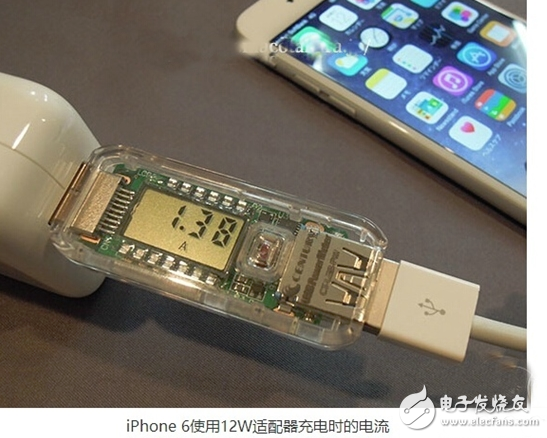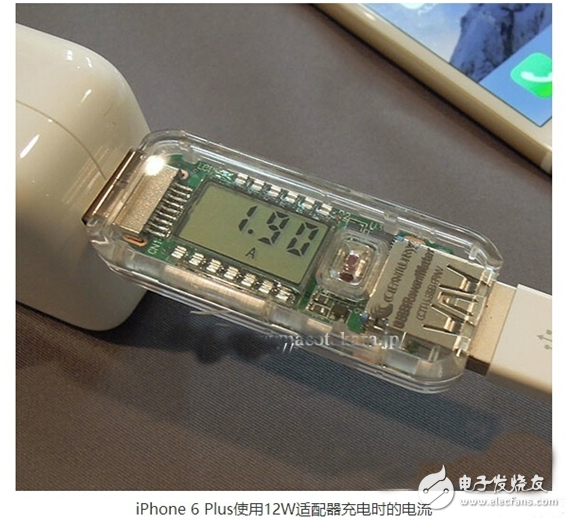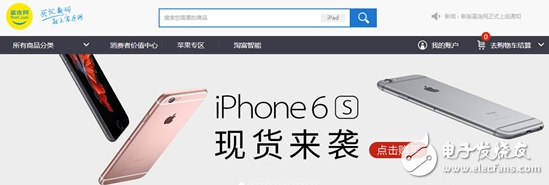When there is no breakthrough in mobile phone battery technology, fast charging is very important for mobile phones. Mobile phones that do not support fast charging are embarrassed to call themselves flagship. So, what is the difference between fast charging technology on the market? What are the characteristics of fast charging technology from various manufacturers? Let's take a look at the popular science stickers brought by the netizen @Black_黑数ç . The pictures and materials in this article are from the Internet and thank the relevant media and individuals. In the second half of 2015, models are basically equipped with fast charging technology. In general, I think charging power over 10W (that is, 5V 2A) can be called fast charging. Let's briefly introduce the evolution of mobile phone charging: At first, the mobile phone battery is not big. At this time, the default 5V 0.5A of the USB interface can meet the needs of charging; but when the smart machine appears, the power consumption rises due to the great demand for performance, 0.5A can not meet the need. ; An enhanced USB charging identification standard was defined: BC 1.2. It extends the charging current up to 5V 1.5A. However, by the end of 2013, there were more than 3,000 mAh of smartphones. At this time, even 5V 1.5A could not meet the demand, so it expanded to 5V 2A again. Common sense 1: The phone's charging current is controlled by the phone, not the charger. That is to say, the mobile phone is the dam, the charger is only the reservoir, the mobile phone will intelligently detect the load capacity of the charger, the charger power is good, the mobile phone will allow the charger to load higher current; the charger design output current is too small, Then the phone will also limit the current that charges itself. This is the reason why we want to buy a high-power charger, for example, a mobile phone supports up to 5V 1.5A input. If you buy a 5V 1A charger, it will cause the phone to charge only 5V 1A, not only the charging speed. Slow, and because the charger has been working at full load, the heat is severe; on the contrary, if you buy a 5V2A charging head, the phone will control only input 1.5A current, the charger load is low, and there is sufficient margin. Yes, I actually said that Apple, iPhone 6 / Plus respectively supports up to 5V 1.5A / 2A charging, but the standard Apple charger is only 5V 1A. For the iPhone6 ​​with more than 1800 mAh battery, it doesn't matter, but for the iPhone6 ​​Plus with a battery close to 3000 mAh, it's almost a matter of life! In actual tests, the iPhone 6 Plus uses the iPad charger's peak charging current to 5V 1.9A. The only reason is that it saves money. After all, Cook is a big money person. It is a ridiculous behavior to wash any ground on the brain. At present, the iPhone 6S/6S Plus should continue this style. You can buy it on Fulian.com and then buy an iPad charging head. Ok, let's continue to talk about history. In fact, 5V 2A is Qualcomm's so-called Quick Charge 1.0 technology. Of course, in order to prevent the charger from being fully loaded, the average mobile phone is limited to 5V 1.8A. Android mobile phone 5V 2A charging technology has no restrictions and no identification protocol, everyone can use. But Apple is an exception. The disgusting Apple not only has the LighTIng data cable certified, but the charger is also certified. Apple devices detect non-original chargers that limit the current to 5V/1A or even 0.5A. Therefore, Apple brought a very bad head, deliberately manufacturing hardware certification and software restrictions for its own interests, resulting in everyone's equipment can not be universal; brain residual fruit powder do not wash your fruit for safety blabla, poor quality charger no matter what, right You and the equipment are the same! 5V 2A and 1A do not make any difference, 5V 1A fake apple charging head electric dead people have less news? Sunlight shines on the p-n junction of the semiconductor to form new hole-electron pairs. Under the action of the electric field of the p-n junction, the holes flow from the n region to the p region, and the electrons flow from the p region to the n region. After the circuit is turned on, a current is formed. This is how photoelectric effect monocrystalline silicon solar panels work. monocrystalline silicon solar cells, single crystal silicon solar cell, monocrystalline solar module, flexible monocrystalline solar panel, monocrystalline pv panels Ningbo Autrends International Trade Co., Ltd. , https://www.china-energystorage.com




Application fields:
1. Household lamp power supply: such as garden lamps, street lamps, portable lamps, camping lamps, mountaineering lamps, fishing lamps, black light lamps, rubber tapping lamps, energy-saving lamps, etc.
2. Photovoltaic power station: 10KW-50MW independent photovoltaic power station, wind-solar (firewood) complementary power station, various large parking plant charging stations, etc.
3. Solar buildings: Combining solar power generation with building materials to make future large buildings self-sufficient in electricity is a major development direction in the future.
4. Other fields include (1) Supporting cars: solar cars/electric cars, battery charging equipment, car air conditioners, ventilation fans, cold drink boxes, etc.; (2) Solar hydrogen production plus fuel cell regenerative power generation system; (3) Sea water Power supply for desalination equipment; (4) Satellites, spacecraft, space solar power plants, etc.